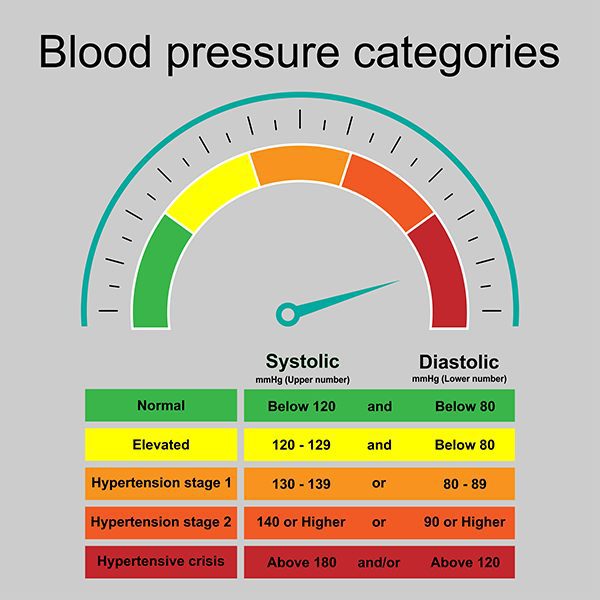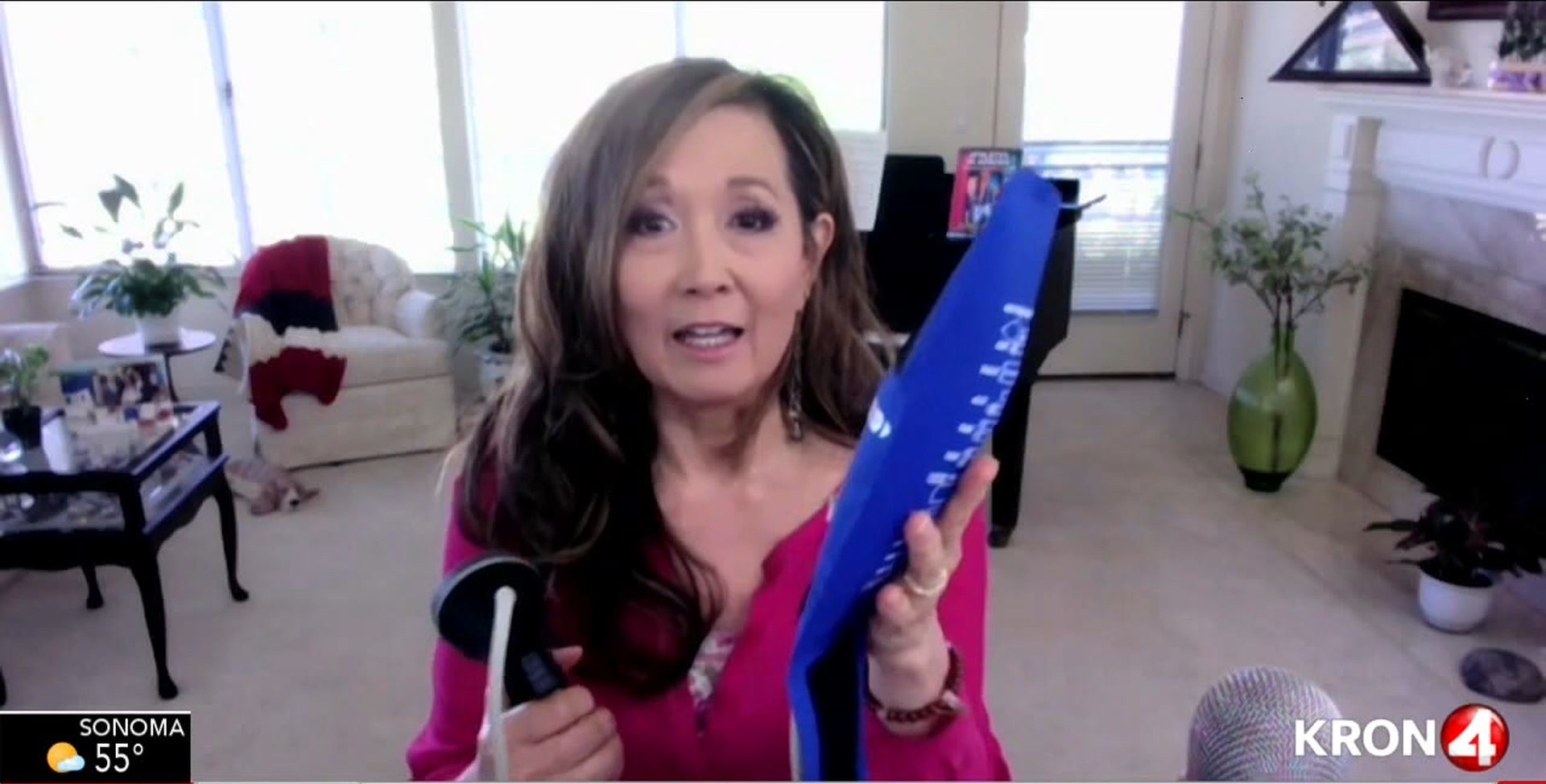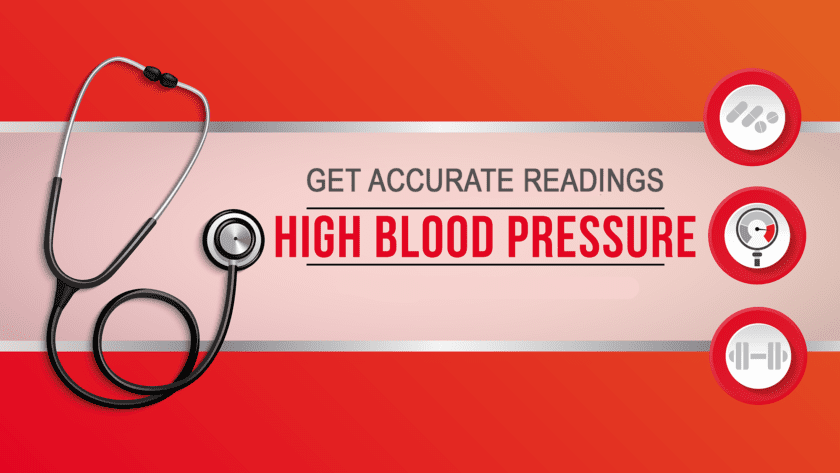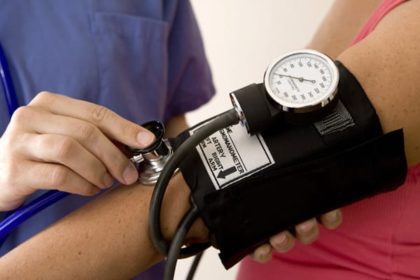There are several factors that can affect your blood pressure readings by 5 to 50 points. Here’s how to to avoid the most common errors when measuring your blood pressure.
High Blood Pressure is a “Silent Killer”
Most people who have high blood pressure don’t have any symptoms and that silence can lead to serious problems, such as heart attack, stroke, and heart failure.
Early detection of high blood pressure and regular monitoring are very important.

Factors that Affect Blood Pressure Readings
Since your blood pressure readings predict your risk of stroke, heart disease, heart and renal failure and assess your need for hypertensive medications, you want to be sure the readings aren’t artificially low or elevated.

- Cuff size
An essential part of measuring a blood pressure involves compressing the artery, so that no blood flows through it.
The “cuff” is the part that wraps around your arm and the bladder inside inflates to apply the compression.
It is critical that the sure the cuff is correct size.
Taking your blood pressure with the wrong cuff size is the #1 biggest mistake that affects blood pressure readings. If the cuff is too big, you’ll get an artificially high reading; if it’s too small, you’ll get an artificially low reading.
- Arm Position
Your palm should be facing up and your arm should be supported and horizontal at the level of the midpoint of your sternum (chest bone) which is at the approximate level of the right atrium of your heart.
It may be necessary to place a pillow under your arm or adjust the chair or table to achieve the correct position.
3. Rest Period
Rest quietly and comfortably for 5 minutes prior to taking your blood pressure. Activities, such as exercise or eating, will affect your reading. Do the 4-7-8 Breathing to relax.
4. Posture
Sit comfortably with your legs uncrossed, feet flat on the floor, with your back and arm supported to avoid a higher reading.
If you’re older and have symptoms or are on a drug regimen that cause you to get dizzy or lightheaded, have your blood pressure checked routinely in both the seated and standing positions.
5. Muscle Tension
Stress and anxiety can cause muscle tension which can increase your blood pressure. Meditate for 10 minutes and practice slow, deep breathing to relax.
6. Clothing
Taking a blood pressure over your clothing will result in an inaccurate measurement. It should be taken on bare skin. If a BP is taken over clothing, it should not be thicker than 2 mm.
If you push up your sleeve, it should not constrict the arm as that will also affect the reading.

![]() Karen’s Fit Tip: Be your own advocate. Take your own blood pressure regularly, and speak up if the clinician is taking it inaccurately.
Karen’s Fit Tip: Be your own advocate. Take your own blood pressure regularly, and speak up if the clinician is taking it inaccurately.





